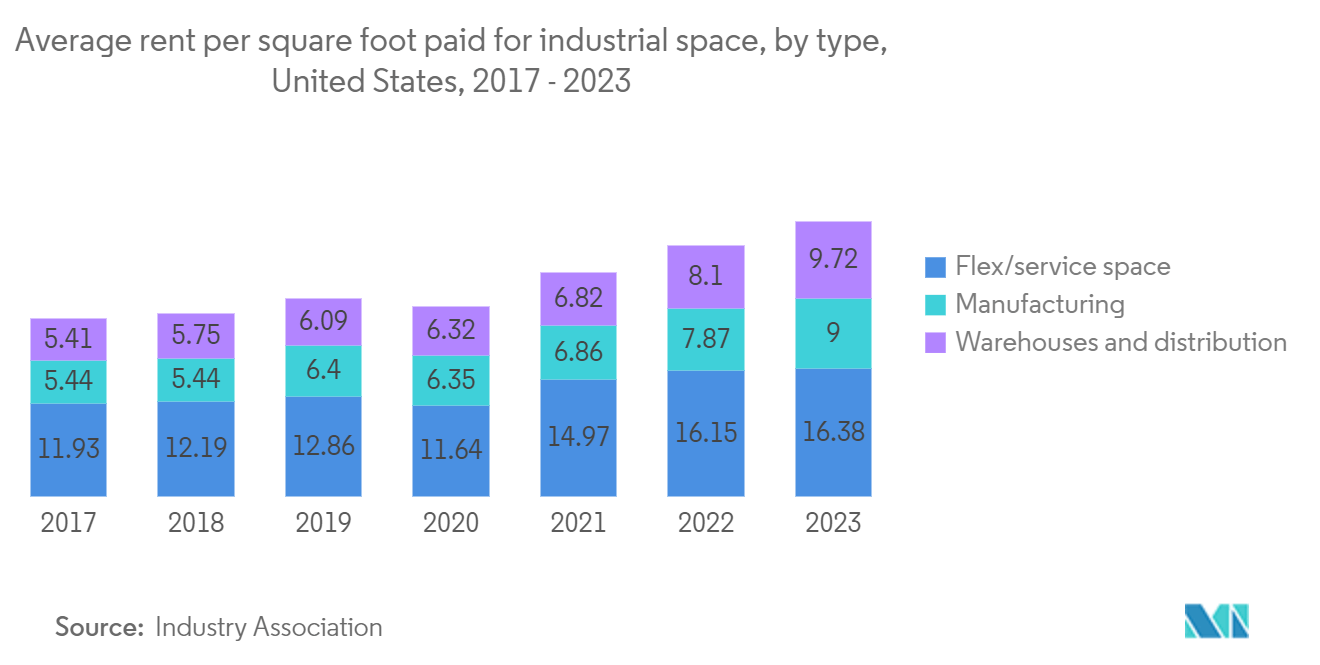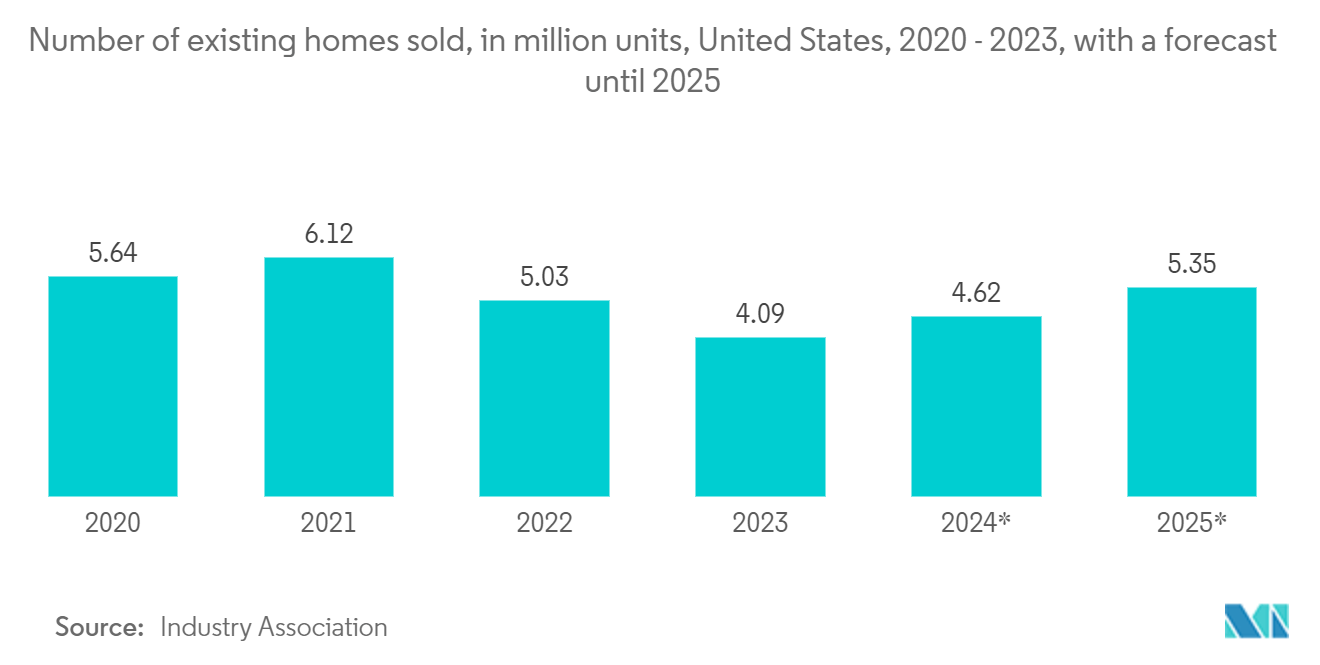Market Trends of North America Real Estate Brokerage Industry
Industrial Rental Growth Faces Challenges Amidst Changing Dynamics
In 2023, the industrial rental growth trajectory was projected to face challenges due to the completion of several big-box properties. Smaller properties, typically under 100,000 square feet, were poised for heightened demand, with robust single-digit rental growth projections.
While the broader trend leans toward the favor of smaller industrial properties, there are notable exceptions, especially in select sub-markets with larger industrial offerings. Take, for instance, areas within a 15-minute drive of Port Houston. These locales have seen a surge in demand, thanks to the redirection of traffic from the West Coast to the East and Gulf Coasts. There are over 80 industrial properties exceeding 100,000 square feet in this vicinity, yet only one is currently available for lease. Moreover, the scarcity of immediately available space is poised to bolster the industrial development in Baytown, Texas, close to the terminal.
As the ground freight infrastructure receives a boost in support, markets with intermodal terminals are expected to witness a surge in demand. This is especially true for those strategically positioned along newly established freight rail lines and emerging trade corridors near land borders. Despite ongoing labor negotiations at ports along the East and Gulf Coasts, the broader trend of reshoring, moving away from China, is expected to find its optimal support through the East Coast ports.

US Home Prices Hit Record High Despite Rising Mortgage Rates
In April 2024, the S&P CoreLogic Case-Shiller Home Price Index revealed a 6.3% annual gain, slightly lower than March's 6.5% but still marking a new peak. While some experts speculate a potential Fed rate cut might boost the housing market, the actual timing and probability of such a move remain uncertain.
However, the story is different for new homes. As mortgage rates climbed, with some surpassing 7% in May, sales of newly constructed single-family homes in the United States suffered. Data from the US Census Bureau and HUD showed an 11.7% drop from April and a substantial 16.5% decline from 2022.
But there is a silver lining for buyers. The dip in sales has led to new home inventories reaching levels not seen since early 2008, giving buyers more leverage. Sellers of existing homes are responding by offering concessions, like covering closing costs and chipping in for repairs.
Moreover, for those considering new builds, the median price for a new home in May 2024 fell by USD 500 to USD 417,400, almost USD 2,000 below the median price of existing homes.



